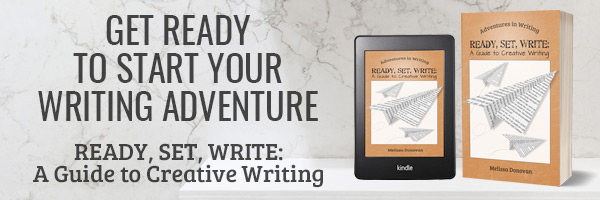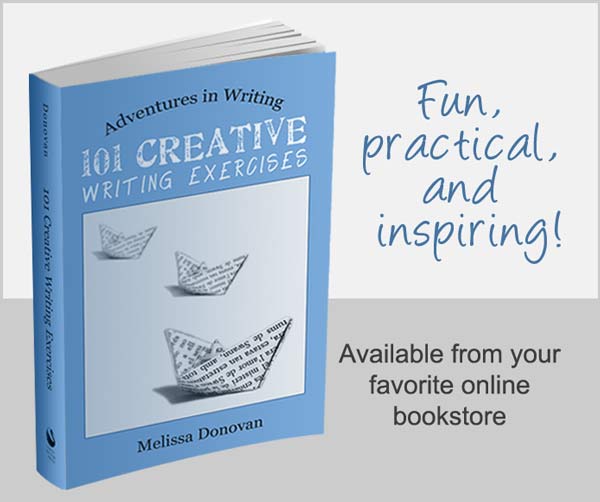Today’s post is an excerpt from Ready, Set, Write: A Guide to Creative Writing, a book that provides tips and tools for writers while serving as a broad roadmap for anyone who wants to explore creative writing. This excerpt is from chapter seven: “Journals.” Enjoy!
Journals are often confused for diaries. Technically, a diary is a type of journal, but a journal is any written log. You could keep a gratitude journal, a dream journal, or a goals journal. Many writers keep idea journals where they store ideas for current and future writing projects. And many keep general-purpose journals, in which they write anything and everything. Journals can also be used beyond the realm of writing; for example, you could keep an art, collage, or mixed-medium journal.
Journaling is a good way to build writing habits, especially if you can commit to doing it every day. Many writers spend inordinate amounts of time focused on editing, publishing, or marketing their work, which leaves little time for writing. A journal provides a place to develop and maintain a writing practice.
But a journal can also be a playground for creativity, a sacred place where we can experiment and explore our most personal thoughts and wildest ideas.
Journals are particularly useful for new writers because they provide an ideal space for exploring the craft of writing. You can use your journal to experiment with any type of writing, whether to enhance your skills or to try new ideas and forms.
Some writers maintain multiple journals: a tiny one to carry in a pocket or a purse, and a larger one kept on a nightstand or a desk. Some writers keep one journal for poetry and another for story ideas. Others keep a single all-purpose journal. Some journals are written in notebooks, and these can be cheap spiral-bound notebooks or fancy hardbound notebooks, and other journals are kept digitally.
I highly recommend journaling for all writers, especially young or new writers who are discovering their writing. At the very least, it’s helpful to have a few notebooks or digital documents that you can use for journaling, even if you don’t do it daily. After all, one thing every writer needs is a place to write, whether it’s a text document on a computer or a composition book (aff link) and a pen.
Questions
Have you ever kept a journal? What kind of journal was (is) it? If you were going to start a journal, what kind of journal would it be? Would you rather keep multiple single-purpose journals or a single all-purpose journal?






I’m getting ready to publish a technology magazine. This article is good for timing. Thanks.
You’re welcome!
I think it will take several thousand years to reach the literary quality of the 20th century again.
I think it depends what you’re reading.